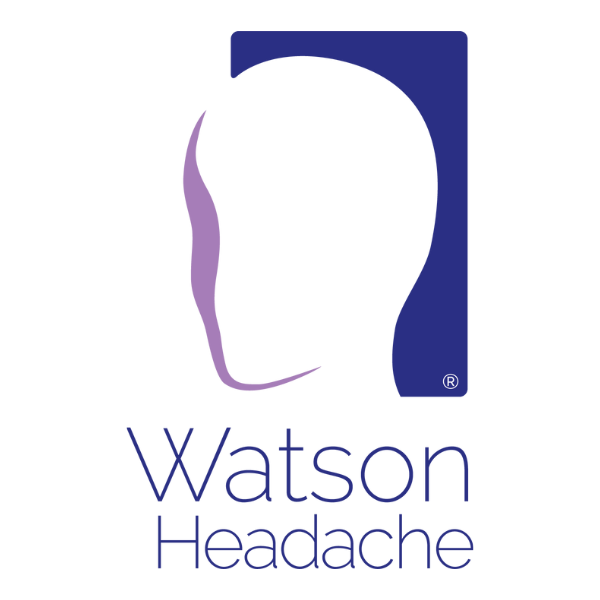The Abandonment of C1-2
Watson’s colleague, still considering the implications of their last discussion, arrives in a reflective mood, “There is another issue that has been niggling me since we have been discussing headache and migraine. Recently, a paper[1] came across my desk which reported that the incidence of headache referral from C1-2 was only seven percent, which contradicts much higher estimates within manual therapy professions”, explains Watson’s colleague.
Evidence-Informed Practice
Watson sighs, “I was so relieved to read this research[1] because it supports my clinical experience… C1-2 accounts for around five percent of headaches; this has created confusion for my audience, but I cannot deny my over 40000 hours of clinical experience examining the upper cervical spine,” replies Watson. I have been teaching ‘Cervicogenic Headache and the Role of Cervical (C1-3) Afferents in Primary Headache’ for over 25 years. I am invariably asked which of the C0-C1, C1-2 and C2-3 segments are commonly involved. Until now, no large-scale study has determined the prevalence of referring segments in headache. This study means I no longer have to substantiate my perspective – there is now evidence to support informed-based practice.”
“Well, how has this disparity come about?”
Enter the Flexion Rotation Test
“I think it has to do with the assumption that an asymmetrical Flexion Rotation Test (FRT) is relevant to headache and that dysfunction of the C1-2 segment is responsible. Whist the FRT is considered a seminal test when investigating the upper cervical spine in headache,[2] (although in recent years, research is casting doubt over this) and might be useful in identifying upper cervical dysfunction, I have always had reservations about assigning C1-2 to this,” comes Watson’s thoughtful reply.
“Firstly, the FRT is purported to ‘isolate’ – perhaps it would be more accurate to say ‘emphasise’ – the C1-2 segment (which it does) with a reported range of rotation around 40 degrees. I struggle to assimilate this with seminal MRI research, which has shown that C0-C2 rotation, i.e. C0-C1 and C1-2 combined, is 22 degrees:[3] if the potential range of rotation at C0-C1 is subtracted from this, C1-2 rotation is only 18 degrees.”
“Well, yes, I get that conflict,” acknowledges Watson’s colleague.
Does the Recommended Treatment Technique Address C1-2 only?
“Furthermore, the improvement of headache and simultaneous equalisation of the FRT as a result of a PPIVM rotation technique in neutral (not in flexion, i.e. not emphasising C1-2) is ascribed to redressing symptomatic dysfunction at C1-2. Respectfully, the specific technique described will also impact the C2-3 significantly, which is the most prevalent referring head pain segment.”
‘Comparable Sign’ versus ‘Symptomatic’ Response
“Secondly, the FRT is a ‘comparable sign,’ i.e. an assumption that this confirms
C1-2 involvement in headache. It is widely recognised that a symptomatic response is more informative than a comparable sign, as the FRT is, inviting an assumption; there is no direct research evidence to support this assumption; recent research[1] suggests otherwise. My perspective is based on the reproduction and resolution of typical head pain using passive accessory intervertebral movement (PAIVM) techniques – which, by the way, are more convincing than passive physiological movement (PPIVM) techniques – selectively stressing specific intervertebral segments,” explains Watson.
Overwhelmed by this information, Watson’s colleague enquires tentatively, “So I get that C1-2 referral is uncommon, but the research has not mentioned C0-C1.”
C0-C1: The Forgotten Segment
“I am glad you have brought this up – I thought you were not going to ask”, Watson replies smilingly. “Yes, whilst my clinical perspective agrees with the findings of this study, no mention is made of C0-C1. I consider referral from C0-C1 to be as common as C2-3; furthermore, in around 80 percent of patients, they are referring in tandem. But this has yet to be investigated; it is merely based on 40000 hours of evidence-informed practice.” Watson concludes.
References:
- Govind, J. and N. Bogduk, Sources of Cervicogenic Headache Among the Upper Cervical Synovial Joints. Pain Med, 2021.
- Luedtke, K., et al., International consensus on the most useful physical examination tests used by physiotherapists for patients with headache: A Delphi study. Man Ther, 2016. 23: p. 17-24.
- Osmotherly, P.G., D. Rivett, and L.J. Rowe, Toward understanding normal craniocervical rotation occurring during the rotation stress test for the alar ligaments. Phys Ther, 2013. 93(7): p. 986-92.

